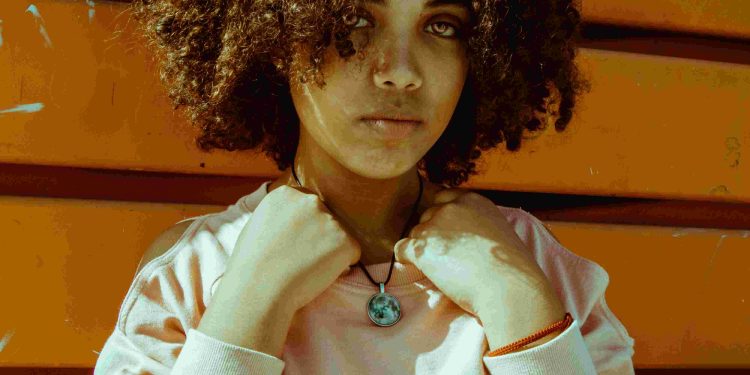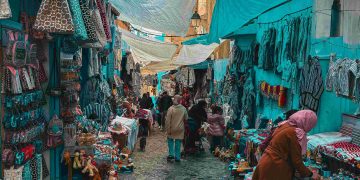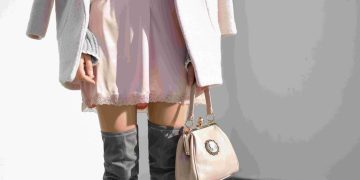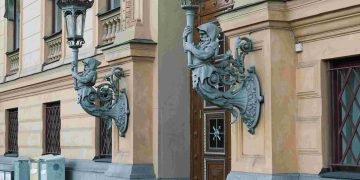Famous Fashion Icons Throughout History

Fashion has always been more than mere clothing; it is a language, a rebellion, a revolution. From ancient empresses crafting trends to modern-day celebrities redefining beauty standards, fashion icons don’t just influence the apparel industry—they shape politics, culture, and humanity’s sense of self. As individuals pivoting the tide of history, they challenge the norm and ignite movements that ripple across generations.
The Early Trailblazers
Cleopatra is often remembered as a historical powerhouse, but her exquisite taste in attire—a deliberate fusion of Egyptian and Greek design—was a declaration of her sovereignty and diplomacy. Similarly, Queen Elizabeth I used fashion as a political weapon, donning elaborate gowns filled with symbols of power and prosperity, signaling supremacy in an era rife with competition.
The Era of Glamour: 20th Century
The evolution of fashion icons in the 20th century heralded a new wave of individualism. When Coco Chanel designed her revolutionary ensembles, she freed women from the constraints of corsets, embodying independence and modern femininity. Meanwhile, James Dean’s leather jackets and rebellious aesthetic challenged societal norms, creating a new paradigm for masculinity.
Beyond Aesthetics: Bridging Society and Philosophy
Fashion icons throughout history have taken cues from psychology, technology, and art to advance societal narratives. For instance, Vivienne Westwood’s punk-inspired ensembles not only reflected the music scene but highlighted the ethos of rebellion—reminding us that fashion can challenge authority. Furthermore, today’s digital influencers use data-driven insights to evolve trends far before they reach mainstream acceptance, merging creativity with technology.
Lessons from Personal Stories
As someone intrigued by both design and philosophy, I’ve often wrestled with the question: what makes a fashion icon? The answer lies not in arbitrary popularity but in their ability to inspire, even long after their era has passed. I’ve grown to admire their courage to denounce conformity and their relentless pursuit of originality, evident in figures like Diane von Fürstenberg, whose wrap dresses symbolize freedom for working women.
Questioning Traditional Narratives
Where traditional wisdom sees fashion as superficial, I dare argue its profound impact is understated. Perhaps fashion, like storytelling, is an essential medium for expressing complex identity layers. Increasingly, fashion is shifting from elitist roots to democratized platforms where everyone, including younger generations, can experiment and influence trends.
Predictions for the Future
The future of fashion lies in intertwining sustainability with innovation. Icons of tomorrow will not merely be trendsetters—they will focus on conscious consumption, reducing environmental footprints with intelligent designs. New materials, such as synthetic biofabrics, will transform how we define style, tying it closer to ethical considerations and technological breakthroughs.
Practical Steps for Becoming Modern Icons
- Embrace individuality: Cultivate a unique style that speaks to your values.
- Educate yourself: Understand historical contexts that tie clothing to culture.
- Experiment boldly: Don’t hesitate to fuse disciplines, such as art and science, within your creative work.
- Encourage sustainability: Invest in brands championing ethical practices.
- Lead collective movements: Use social media platforms to inspire change and dialogue.
An Endless Cycle of Reinvention
From centuries past to present day, the core lesson from fashion icons remains consistent: innovation thrives in discomfort. True style isn’t defined by trends—it’s the defiance of limitation, the courage to question old norms, and the passion to create afresh. The torch passes down through generations, obligating us to continue shaping and reshaping the narrative of self-expression.








